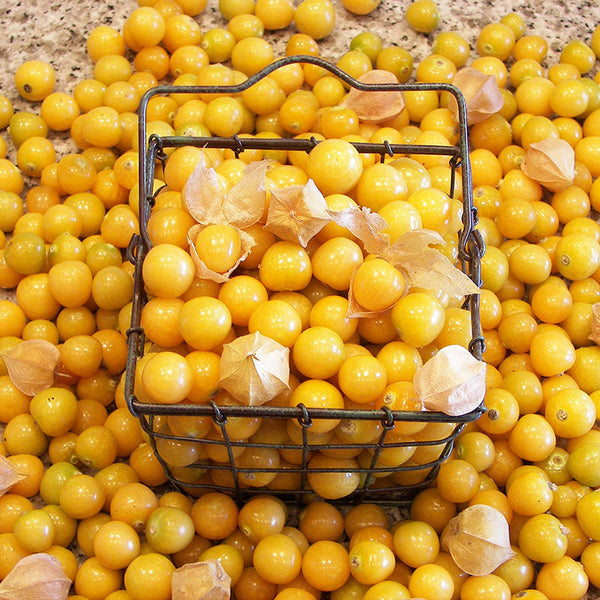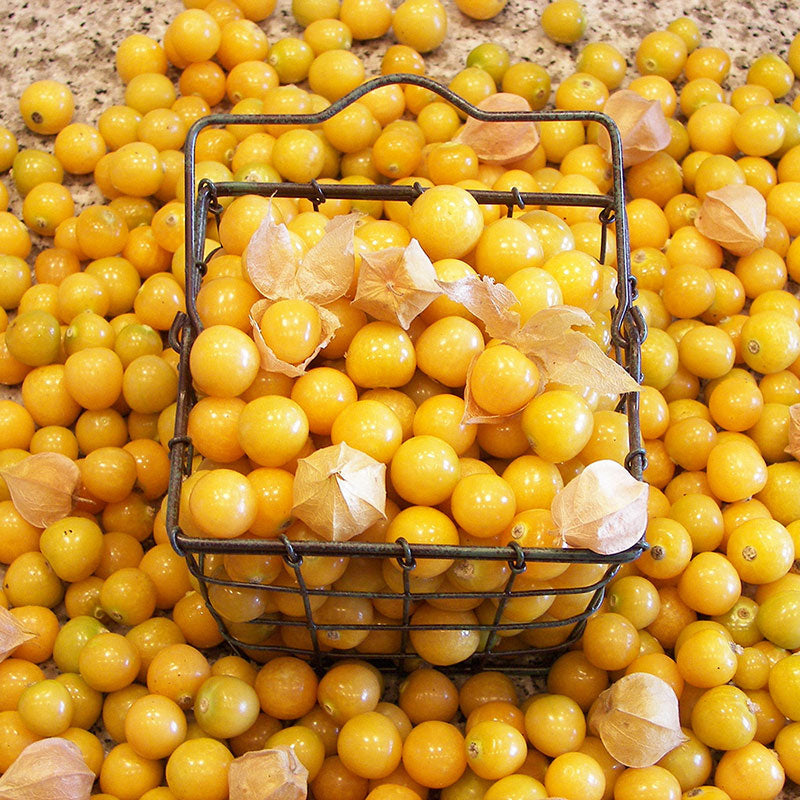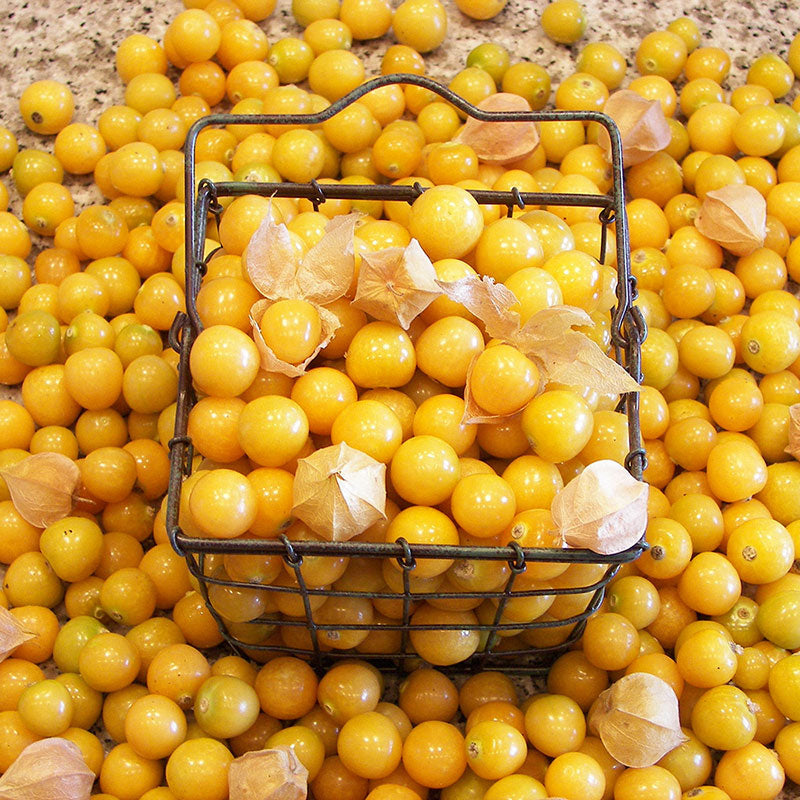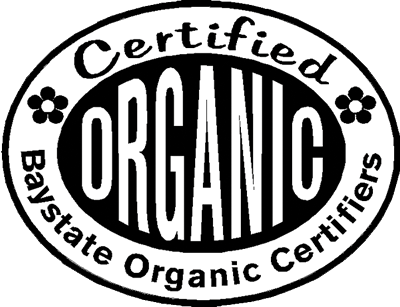SOWING INSTRUCTIONS
Seed To Bloom:
75-90 days to harvest
Starting Indoors:
Sow indoors 6-8 weeks before planting out. Keep at 70-80°F.
Starting Outdoors:
Not recommended.
WHEN TO SET OUTSIDE
About a week after last frost.
PLACEMENT & CULTIVATION
Physalis pruinosa, commonly known as ground cherry or husk cherry, is an uncommon fruit-bearing plant that belongs to the Solanaceae family along with tomatoes and peppers. Native to Central America, the small, round, sweet fruits enclosed in papery husks develop in summer and should be sited in a sunny spot with well-drained soil. A lax grower, support with tomato cages, if desired, and harvest when the husks are dry, and the fruit is entirely yellow to orange. Ground cherries can be stored successfully in a cool, dry place for several weeks in their husks. Caution: while ripe yellow fruits are edible, the foliage and green fruits contain toxic solanine alkaloids and should not be consumed.
Watering Details:
About 1" per week, more during especially dry spells. Do not overwater or allow to get soggy.
Fertilizer:
Mix in a couple of inches of compost or well-rotted manure prior to planting. Additional applications of liquid or granular fertilizer (preferably organic) can also be applied according to package instructions, typically every 2 weeks.
Diseases & Pests:
Be sure to provide plenty of calcium to prevent blossom end rot.


































